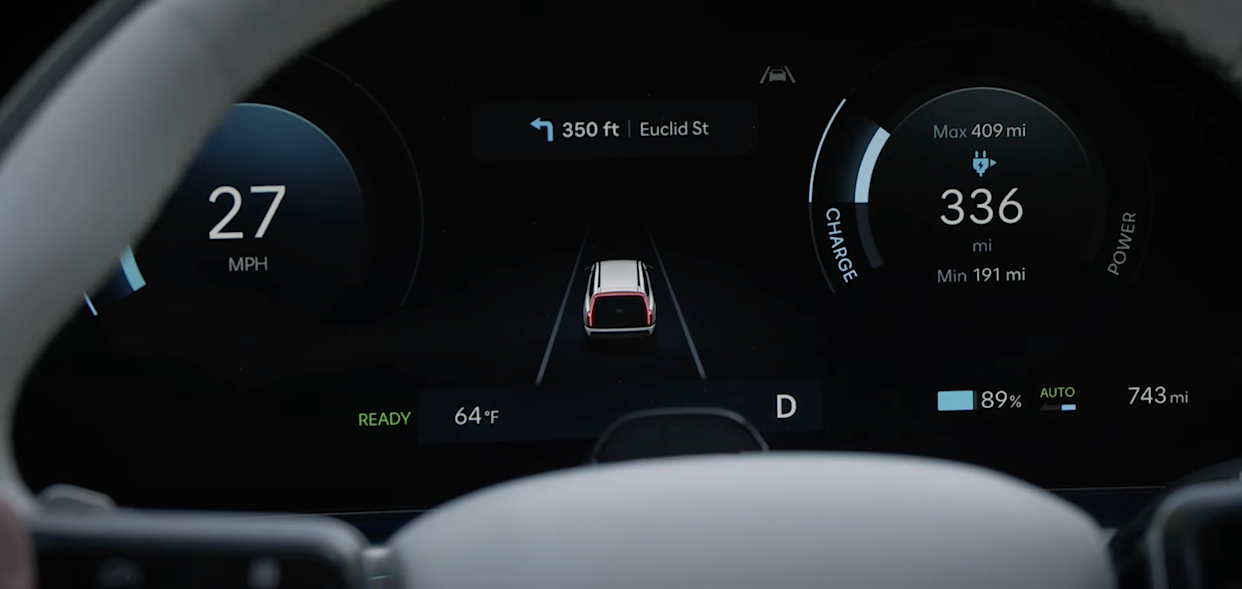
Regenerative braking is built into nearly every modern hybrid, plug-in hybrid, and fully electric vehicle—and even hydrogen fuel-cell vehicle. It's a key piece of the electrified propulsion technology that helps make these vehicles so efficient compared to nonhybrid gasoline cars. In most cases, regenerative braking is a win-win, because it's recapturing energy that would otherwise be lost as heat during braking.
How Regenerative Braking Works
Sometimes called recuperation, and often shortened to "brake regen" or "regen," regenerative braking might as well be called generative braking, because it harnesses EV motor systems as generators. The physical resistance from electromagnetism, which brakes the vehicle, yields a current. That energy can be either stored back into the battery or go directly toward improving efficiency.
No, the motor doesn’t physically reverse direction to do so. Through complex controls it can be flipped from propulsion to regen duty—or vice versa—in milliseconds.
The Key to Hybrid Efficiency, and Essential to EVs
No matter what kind of electrified vehicle, regenerative braking can save friction brake pads from overheating down a steep mountain pass or when hauling a heavy load. That not only adds to efficiency but adds a margin of safety. It also means environmental and running-cost advantages: less brake dust for the environment and air quality, and less-frequent brake pad replacements.
The Department of Energy noted in 2024 that regenerative braking in EVs returns about 22 percent of the available energy to the battery. Previous DOE data also suggested that 9 percent of energy in hybrids could be recovered through regen, based on the EPA combined cycle.
In EVs, which have a more direct connection to the motors, the maximum regen relates to what can be generated by the motors and propulsion system, via the traction available through the tires and the stability of the vehicle. For that reason, all-wheel-drive vehicles can generally recover more energy from regen than two-wheel-drive vehicles, while for the sake of braking stability single front-motor EVs can usually recover more than single rear-motor EVs.
Hybrids might not be able to recover as much. There, electric motors are often part of complex transmission arrangements; that can limit both how quickly they can realistically (or smoothly) switch roles to regen, or how much power they can recoup this way.
Further, some of the vehicles that can harness the highest regen offer high propulsion power, sticky tires, and multiple motors. It’s also not uncommon for EVs to be able to (briefly) pack more power into the battery via regen than they can via fast charging. For instance, the 2025 Porsche Taycan can potentially recover up to 400 kW in regen, even though its DC fast-charging peak is 320 kW.
The ease (and efficiency) at which the motors can switch from propulsion to generator mode depends on their inverter and its software controls, as well as the motor type itself. The type of battery and chemistry of the cells may play a role, too—and the temperature. And regen can be a moot point if the battery is already full.
We want to set the record straight about a common misunderstanding that regen braking is more efficient than coasting. It's not, because there's losses through the motor and associated electronics when recapturing kinetic energy and storing it back in the battery, and a second round of losses putting that power back to the road. However, if you have to brake—because traffic or the EPA test cycles dictate—then using regen beats losing that energy entirely to friction braking.
In EVs, Not All Regen Is the Same
Nearly every EV incorporates some regenerative braking the moment you lift off the accelerator. But beyond that there are several schools of thinking on the best interface for the driver.
All regen in the accelerator. Some models incorporate regenerative braking into the way the vehicle decelerates when you lift off the accelerator, while the brake pedal remains solely for using the traditional braking hardware. Tesla and Lucid are among the brands with EVs adhering to this logic.
Most regen in the brake pedal. Others—Porsche, for instance—prefer to let the EV mostly coast (or “glide,” or “sail”) when lifting off the accelerator because it's more efficient to do so, and blending the regen into the brake pedal.
Regen both ways. Most of today’s EV field lands somewhere in the middle, with default settings offering light to moderate regen when you lift off the accelerator, while more is progressively blended in as you press the brake pedal. Some take it a step further with smart “auto” modes.
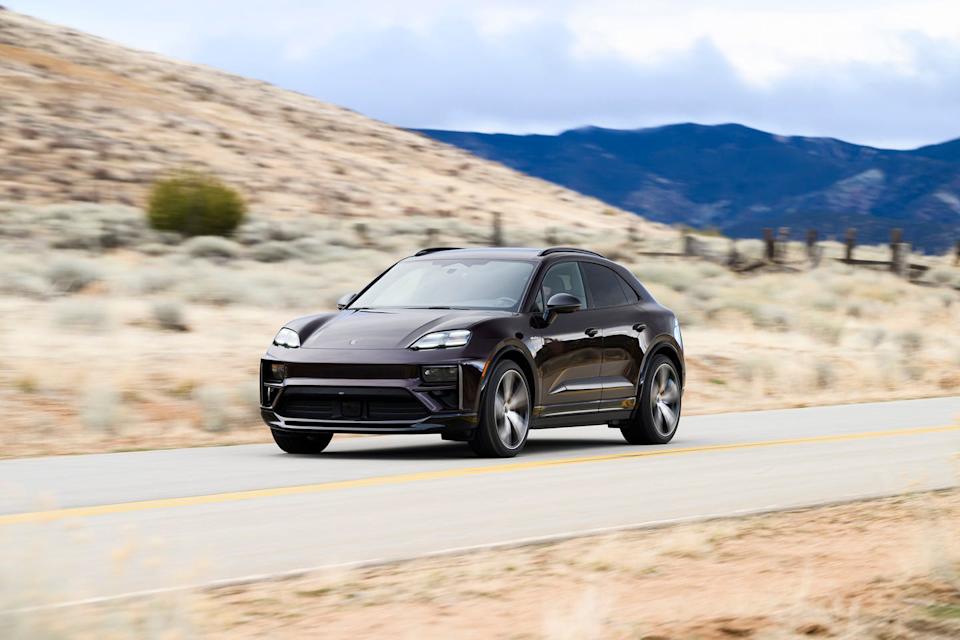
Ins and Outs of One-Pedal Driving
This leads to something called "one-pedal driving," and no, it’s not quite what it sounds, as there’s still an accelerator and a brake pedal. In this mode, strong regenerative braking allows the EV to be driven mostly with one pedal—the accelerator. It generally also means that the vehicle will slow to complete stop without touching the brake pedal, but that detail depends on the vehicle and the menu settings and it’s still on you to press the brake pedal when needed.
One-pedal driving can make low-speed urban stop-and-go driving feel more fluid, avoiding a back-and-forth stab between pedals and helping the whole driving experience feel more precise. Those who use the accelerator pedal prudently might find no need to keep dabbing the brake pedal.
But surely, it isn’t for everyone (accelerator "pumpers," ahem). Even those automakers who include one-pedal modes (mostly) agree that it’s not the most efficient for American-style suburban driving. In overcompensating back and forth between acceleration and regen, you lose some energy each time.
It’s tough to argue that all brakes shouldn’t be regenerative brakes. Concept cars foretell a day when brake pads might no longer be needed at all, and Mercedes-Benz sees that future EV brake systems might be dramatically minimized.
You Might Also Like


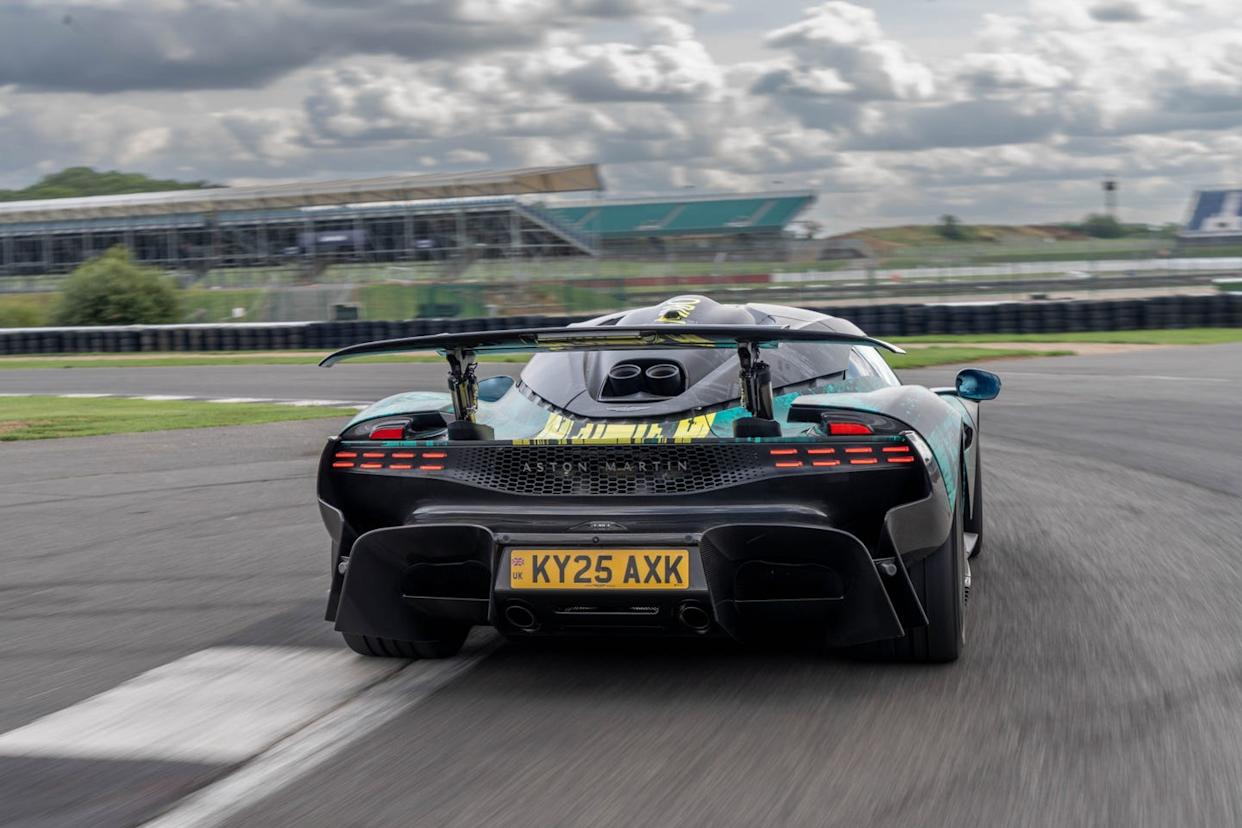
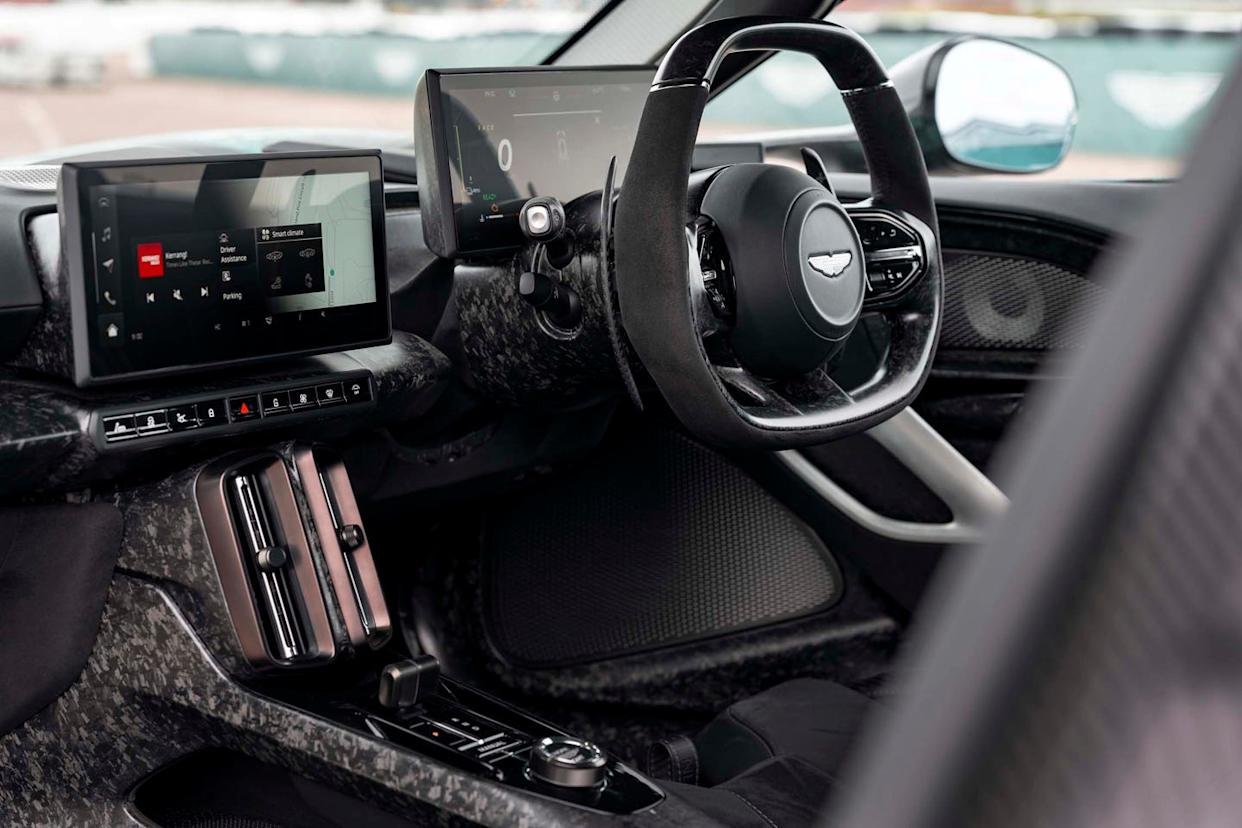
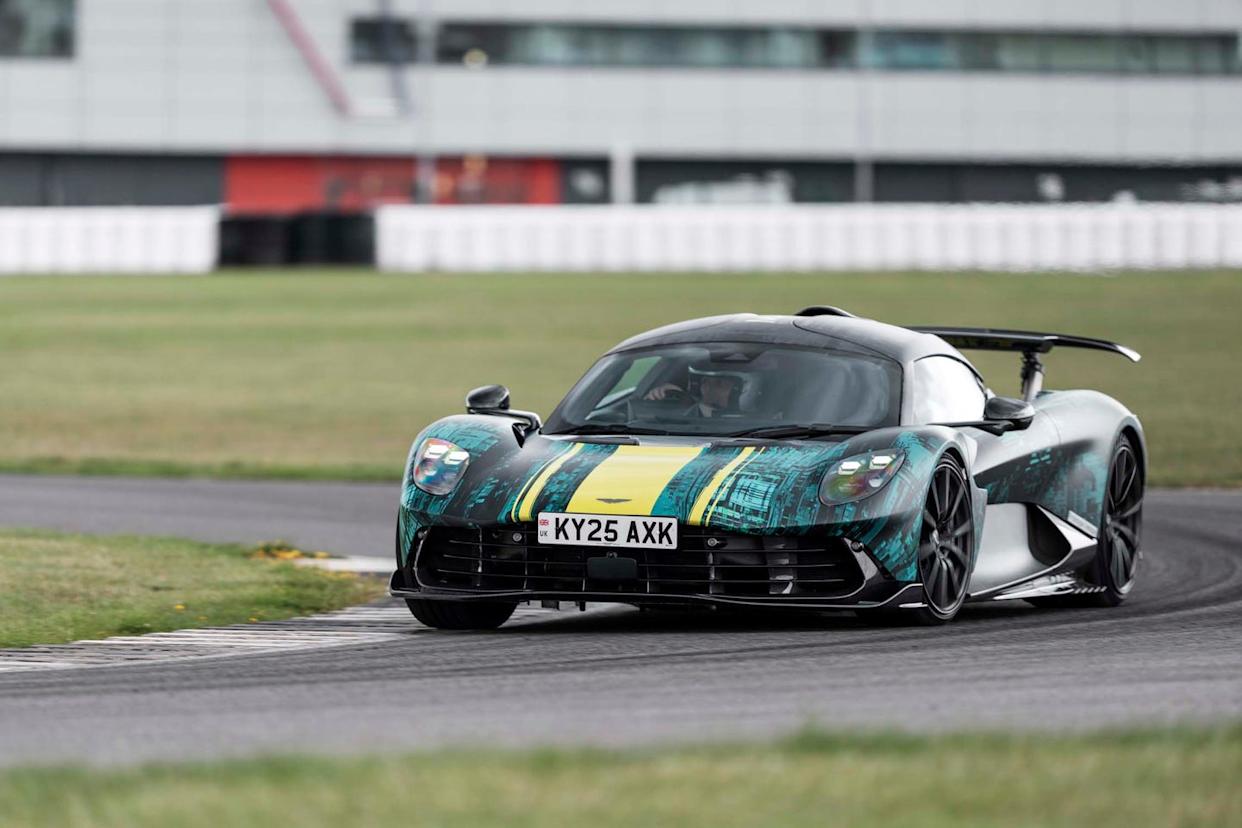
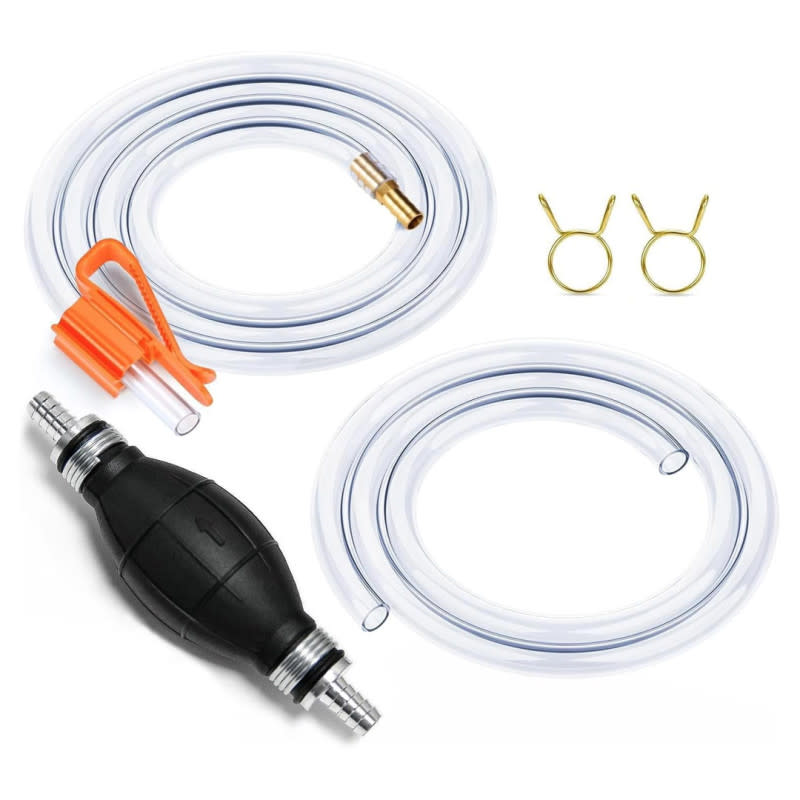


Comments